
In-Hospital Cardiac Arrest
In-hospital cardiac arrest is common and associated with a high mortality rate. Despite this, in-hospital cardiac arrest has received little attention compared with other high-risk cardiovascular conditions, such as stroke,... read more

Oliguria and AKI in Critically Ill Children
Nearly one in five critically ill children with acute kidney injury (AKI) do not experience increase in serum creatinine. These acute kidney injury events, which are only identified by urine output criteria, are associated... read more
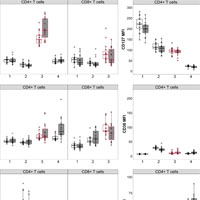
TCR Activation Mimics CD127 low PD-1 high Phenotype and Functional Alterations of T Lymphocytes from Septic Shock Patients
The proportion of CD127lowPD-1high T cells in patients was increased compared with healthy volunteers, although no global CD127 regulation was observed. Our results suggest that TCR activation participates in the occurrence... read more

The Great Debate Between Balanced and Unbalanced Crystalloids Continues
This meta-analysis contributes very little to the current discussion mainly because of the heterogeneity of included studies. The use of fluid type in different pathologies isn't really what we need, but rather tailored use... read more

Contemporary Management of Cardiogenic Shock
Cardiogenic shock (CS) is a multifactorial and hemodynamically diverse high-acuity illness that is frequently associated with multisystem organ failure. The complexity of CS requires a widespread application of best-care... read more

Obesity Improves Short-term Survival in Sepsis
In a large cohort study of 55,038 adults hospitalized with sepsis, short-term mortality (death or hospice) was lower in overweight and obese patients compared with those with normal body mass indices (both unadjusted and... read more
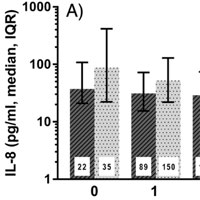
A Prospective Investigation of Interleukin-8 Levels in Pediatric ARF and ARDS
The association of plasma interleukin-8 (IL-8), or IL-8 genetic variants, with pediatric acute respiratory distress syndrome (PARDS) in children with acute respiratory failure (ARF) at risk for PARDS has not been examined.... read more
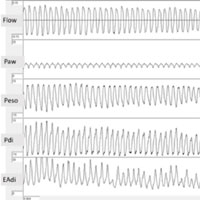
Neurally adjusted ventilatory assist decreases work of breathing during non-invasive ventilation in infants with severe bronchiolitis
In this physiological study, we report an improvement of respiratory unloading by adding a second level of pressure with NAVA in infants with severe bronchiolitis. WOB decreased immediately after switching to NAVA, as reported... read more

The EXACT Protocol
The EXACT protocol: a multi-centre, single-blind, randomised, parallel-group, controlled trial to determine whether early oxygen titration improves survival to hospital discharge in adult OHCA patients. This study will determine... read more

The Effects of Family Functioning on the Development of Posttraumatic Stress in Children and Their Parents Following Admission to the PICU
Both children and parents have alarmingly high rates of acute stress and posttraumatic stress following the child's PICU admission. Although family function did not emerge as a predictor in this study, further understanding... read more

Why Most Diagnostic Procedures Aren’t Beneficial
We often assume that diagnostic procedures will help patients. A lot of training goes into learning how to do these procedures. Procedures are dramatic. We like performing them. Patients are impressed, perceiving that we... read more

Optimizing Continuous RRT in the ICU
The consideration of acute kidney injury, its incidence and its impact on the outcome of patients has grown continuously in recent years, leading to an increase in the use of renal replacement therapy (RRT) techniques. Recent... read more
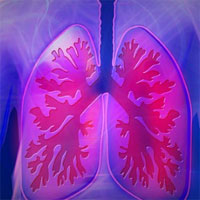
Does De-escalation of Anti-MRSA Therapy for Culture-negative Pneumonia Affect Patient Outcomes?
Nosocomial pneumonia is a common hospital-acquired infection and has a high mortality rate in the critically ill. Because drug-resistant bacteria like Pseudomonas aeruginosa and methicillin-resistant Staphylococcus aureus... read more
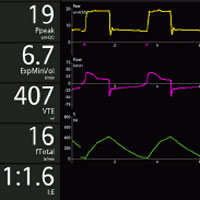
How to Improve Patient-ventilator Synchrony
Asynchronies are a frequent issue in ventilated patients. They represent a mismatch between the inspiratory and expiratory times of patient and ventilator, and thus a failure to provide ventilated patients with optimal assistance.... read more








